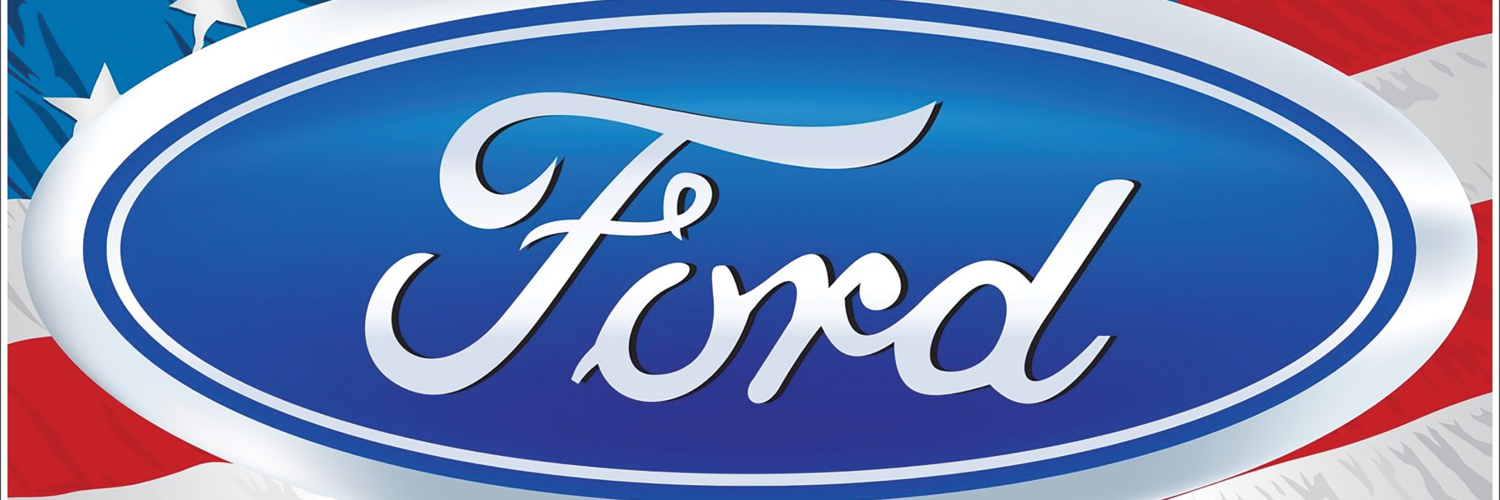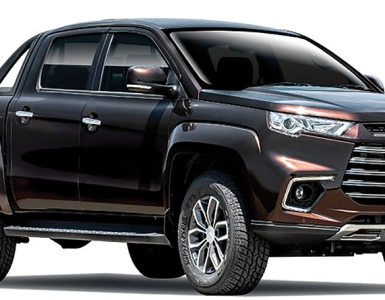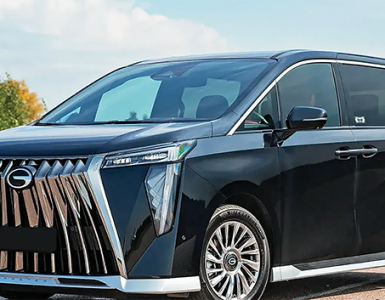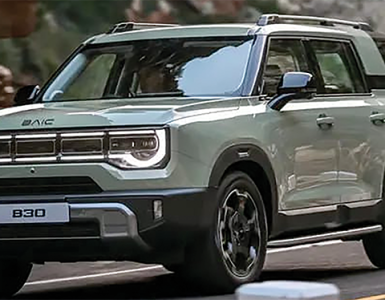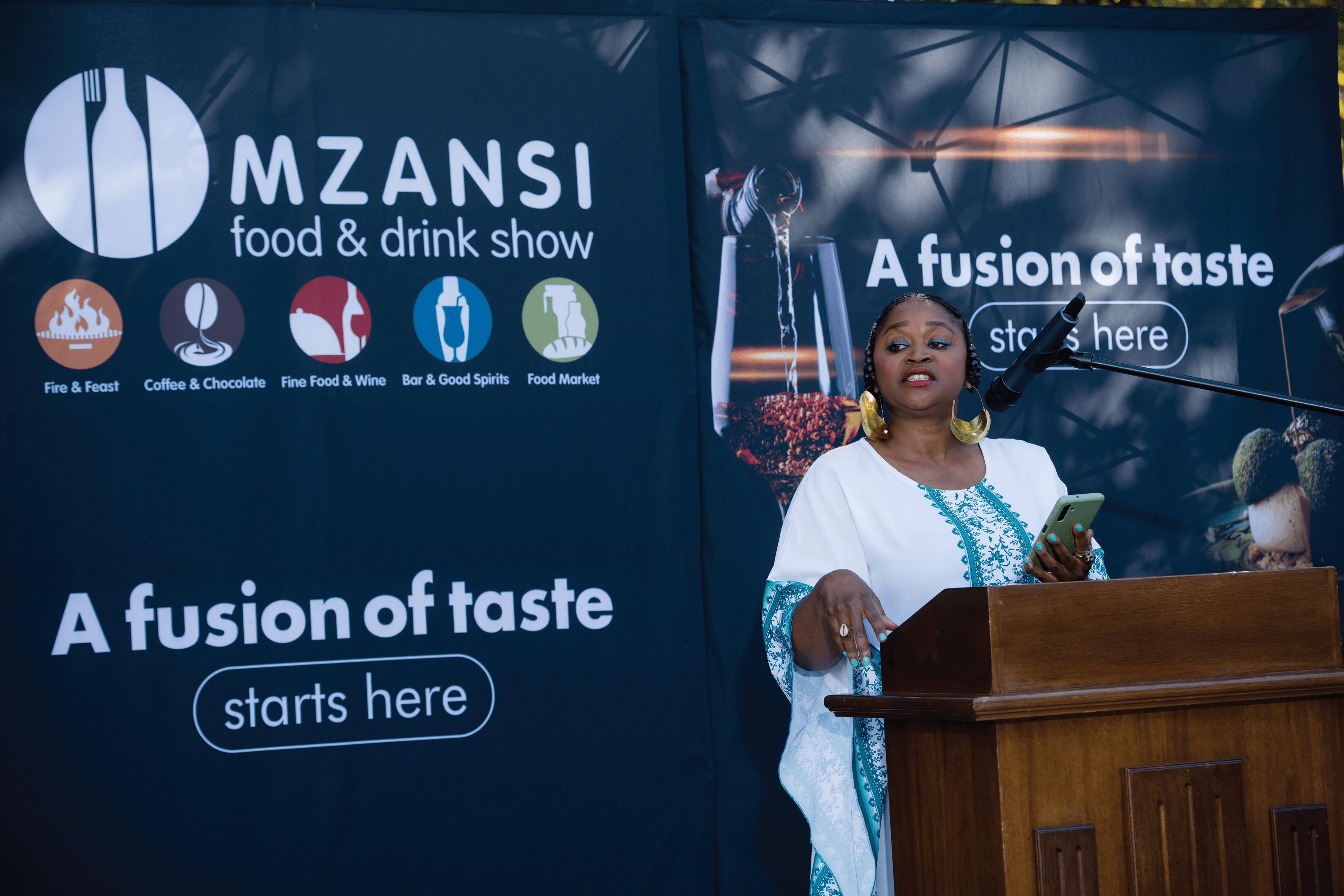OIL LEAKS: The Big Three made $21 billion in just the first six months of 2023 while UAW members want a 40% pay increase over a period of four years
By Motoring Reporter
 The first person quoted in the New York Times’ rundown on the United Auto Workers strike was a lawyer representing management from Littler Mendelson, the go-to firm for big corporations’ union avoidance.
The first person quoted in the New York Times’ rundown on the United Auto Workers strike was a lawyer representing management from Littler Mendelson, the go-to firm for big corporations’ union avoidance.
“Right now, unions are cool,” said Michael Lotito of Littler Mendelson. But they “have a risk of not being very cool if you have a five-month strike in LA and an X-month strike in how many other states.”
The article, “Strike Is a High-Stakes Gamble for Autoworkers and the Labor Movement” highlights the “real pitfalls” of a so-called prolonged strike against the big three automakers: General Motors, Ford and Stellantis (which absorbed Chrysler).
“Stand-up” strikes began at limited locations on September 15, and a week later expanded across the country. Without significant progress in negotiations, more workers continue to join the picket line.
About 13,000 autoworkers walked out in a limited strike at assembly plants in Michigan, Ohio and Missouri at the stroke of midnight on September 14.
The workers are asking for a 36% raise in general pay over a span of four years, the end of a tiered system, a 32-hour week with 40 hours of pay, and a return of cost-of-living raises.
This strike comes on the tail of what some deemed “the summer of strikes,” following Hollywood writers’ and actors’ historic work stoppage, and the last-minute labor deal that stopped thousands of UPS workers from striking. Meanwhile, public support for unions is at a multi-decade high. This may explain why corporations and their allies are working overtime to make sure unions “aren’t cool.”
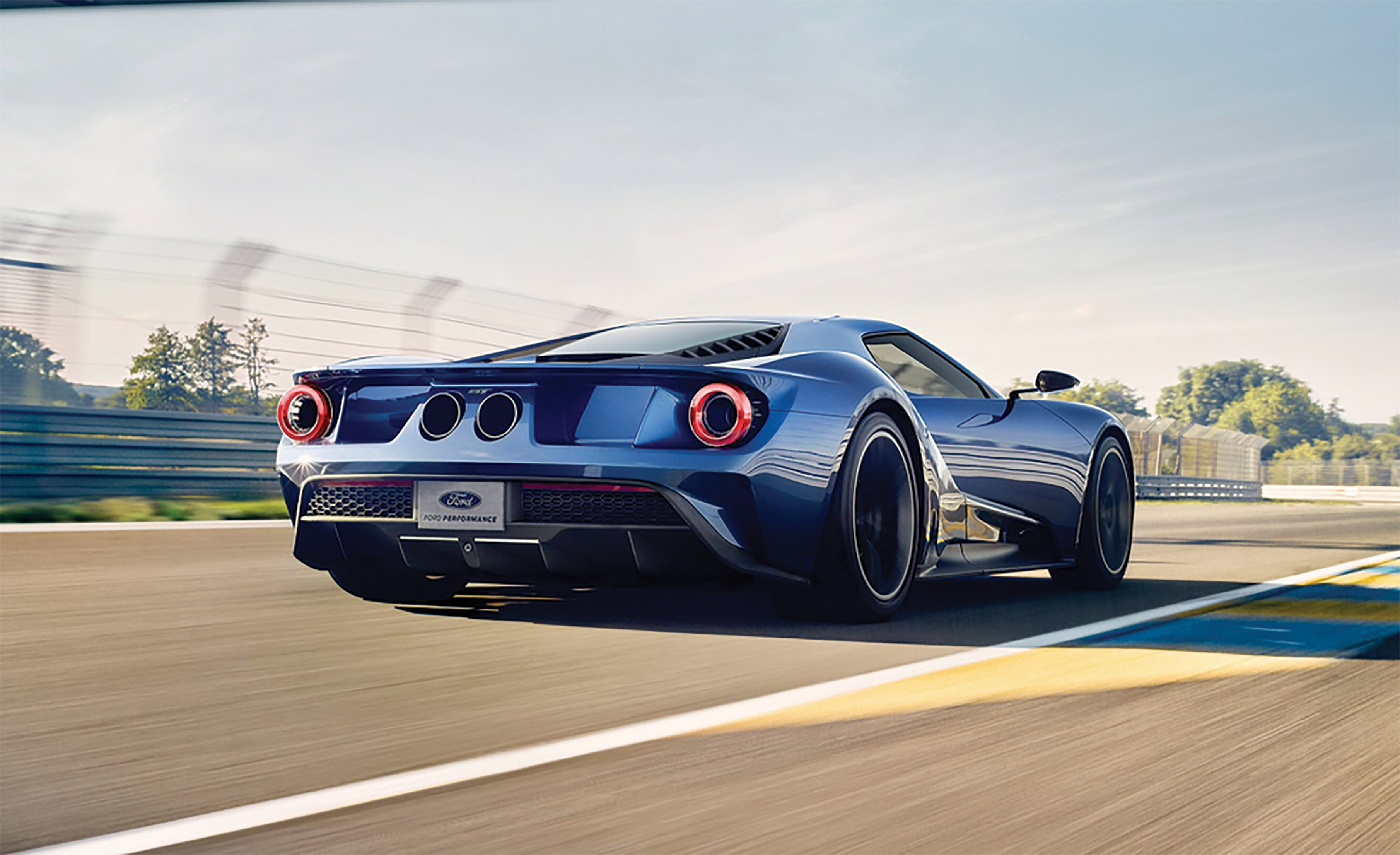
The New York Times‘ decision to platform one of the largest union-busting firms in the country, which currently represents management at Starbucks, Apple and Grindr, among others, is in line with other corporate media efforts to uplift CEOs and shareholders, and stoke fears around economic recession, green energy transition and “Bidenomics.”
A Wall Street Journal op-ed (9/19/23) endorses the CEO of Ford’s claim that “meeting the United Auto Workers’ demands… would drive the company out of business.” The Journal story (2/2/23) it links to to document Ford’s woes projects a $9—11 billion profit for the company for 2023.
Even before the strike began, nearly every outlet cited the labor unrest as something that could “damage the economy” (CNN, 9/16/23), be “painful” for the economy (Wall Street Journal, 9/11/23) or throw the economy, especially in Rust Belt states, into a recession—”Even Brief UAW Strike Seen Causing Billions in U.S. Economic Damage,” read Bloomberg (9/10/23). Bloomberg also reported that a 10-day UAW strike could cost the U.S. economy $5.6 billion. That number, invoked wherever possible, is provided by Anderson Economic Group. As Sarah Lazare noted for the American Prospect (8/23/23), General Motors and Ford are clients of Anderson Economic Group.
Many articles from corporate media grieve that the UAW members “want a 40% pay increase,” while often obfuscating or neglecting to note that the union wants that over a period of four years.
Some also occasionally float a 46% number, which Jonah Furman of UAW says “comes from compounding, which is management’s way of lying about a reasonable raise.”
While some blame Biden for the strike, or blame him for being unable to immediately fix it, others are ready to condemn union workers for a future Biden loss in 2024. “I worry about the implications for our economy and for President Biden,” wrote Steven Rattner in the New York Times (9/20/23).
 Rattner spends 1,000 words fretting about losses to Big Three profits and telling union members to manage expectations, while brushing off the pay gap between workers and executives as par for the course of doing business in America.
Rattner spends 1,000 words fretting about losses to Big Three profits and telling union members to manage expectations, while brushing off the pay gap between workers and executives as par for the course of doing business in America.
Meanwhile, the auto industry’s record-breaking profits flow to the salaries of the CEOs of Ford, Stellantis and GM—$21 million, $25 million and $29 million, respectively. The Big Three continue to make record-breaking profits, with $21 billion in just the first six months of 2023 and $250 billion over the last 10 years.
Still, outlets continue to threaten recession, or if they cannot do that, at least mention the strike’s ability to “put pressure on new car prices” (Wall Street Journal, 9/22/23). As the UAW’s Fain noted in a video on September 18, the average price of a new car is up 30% over the past four years. “You think UAW wages are driving up that increase?” he asks. “Think again.
As the car prices line exemplifies, corporate media love to present the everyday person as a consumer, someone who should be worried about car prices, rather than a worker who should be enthusiastic about labor’s resurgence.
Meanwhile, autoworkers’ real wages have fallen 30% over the past 20 years.- This is an edited version of article from MrOnline
MOTORING:
Briefs
TOYOTA ALL THE WAY
Toyota thus convincingly ‘leads the way’ in both passenger and LCV sales, taking market shares of 24.1% (7,161) and 39.7% (5,228) respectively during the month of September.
With reference to the latter, Hilux alone with 3,249 sales, takes a sizeable 25.5% slice of the LCV pie. Of interest is the fact that Double Cabs accounts for more than 50% (1,645) of Hilux sales. Hiace on 1,462 units retailed, is another big hitter for Toyota, while the Land Cruiser 79 notched up another consistent performance with 325 sales.
The locally produced Corolla Cross is the focal model for Toyota in the passenger market, once again achieving podium with 2,259 units retailed during the month of September. Other notables in the passenger space include Starlet (1,247), the ever-popular Fortuner (893), as well as the newer small car offerings in the guise of the Vitz, Urban Cruiser and Rumion with 581, 561 and 426 apiece.
The best-selling model in the Lexus stable is the recently launched NX with 33 units retailed.
At the opposite end of the scale, sister brand Hino plays a leading role in the Medium and Heavy Commercial Vehicle market with the 300 Series garnering 123 sales, while 60 units of the larger 500 Series were shifted in September.
NAVARA BAKKIE OF THE YEAR
The Nissan Navara has emerged victorious in the 121 – 150kW category of the inaugural ‘Bakkie of the Year’ contest. The accolade comes following a vigorous judging process done by the experienced team at Bakkie of the Year, including legendary South African rally icon, Sarel van der Merwe.
The tough contest put each bakkie through its paces in several tests, namely 4×4 driving and capability, off-road performance, and towing performance on and offroad.
For Nissan South Africa (NSA), this recognition is testament to the quality local production stemming from the Rosslyn plant in Pretoria, and the commitment of employees who are involved in the various stages of bringing the rugged and redefined Navara to marke, commented Stefan Haasbroek, chief marketing management director, Nissan Africa. “Nissan South Africa congratulates all the participants in the first edition of the Bakkie of the Year competition. It is an honour to continue collaborating in developing our country’s auto-sector,” concludes Haasbroek.
2024 SUZUKI SWIFT REVEALED
Ahead of its full reveal at the Japan Mobility Show between October 26 and November 5, Suzuki has released a single image of the new Swift.
The small car will be one of the brand’s biggest draws on its stand. It’ll also be one of the few combustion vehicles on show, with electric concepts for recreation, private buyers, and fleets all present.
Though Suzuki is just calling the car a concept for now, its retrained detailing and similar proportions to the existing car suggest that it’s very close to the final production variant – though it’s sadly lost the hidden door handles of the current car.
Inside, expect the new car to adopt tech such as a 9.0-inch infotainment system (as Australian cars already do), a larger and more digitised instrument cluster display, a wireless phone charger, head-up display and a 360-degree camera.
ONE MORE THING…
TERRORISTS will hack into driverless cars and use them for mass casualty attacks, a report is warning. They may also hijack drones and use them to drop bombs, it says.
The bleak forecasts are outlined in the Local Government Association’s Future Crime Horizon Scan. Driverless cars are heading for our roads from 2025 and the report says there is “particular concern” about them being used as weapons.
It adds: “This would serve to proliferate vehicular terrorism by reducing the need for driver recruitment, enabling lone actor attacks, and potentially co-ordinating a large number of vehicles at once.”

